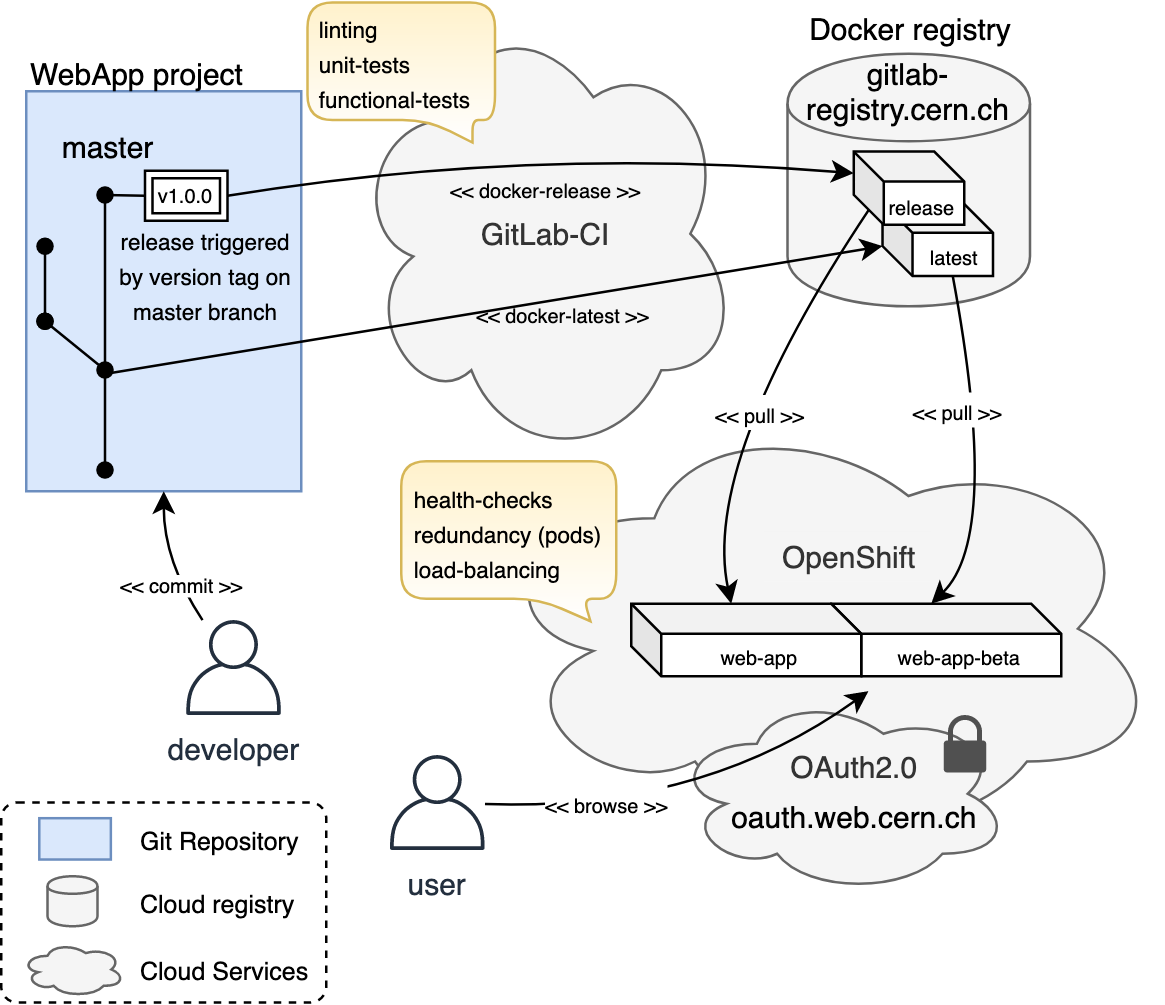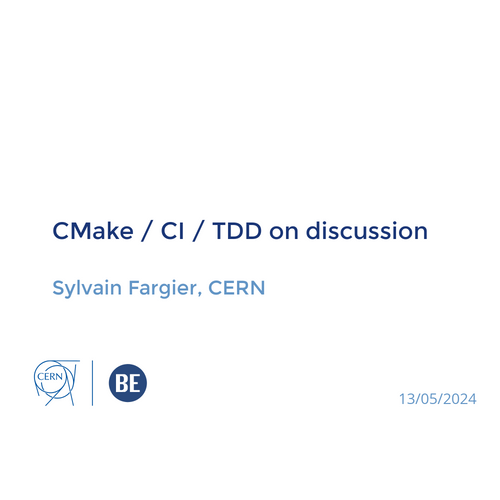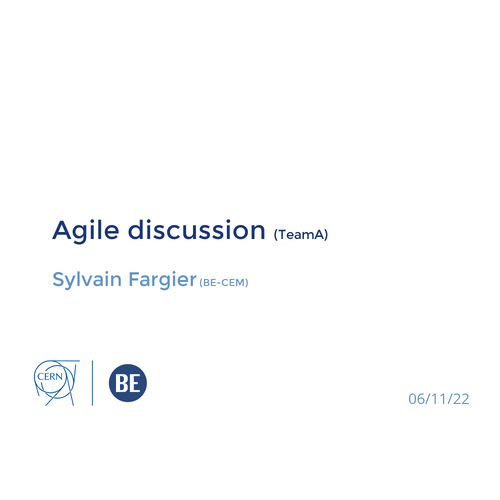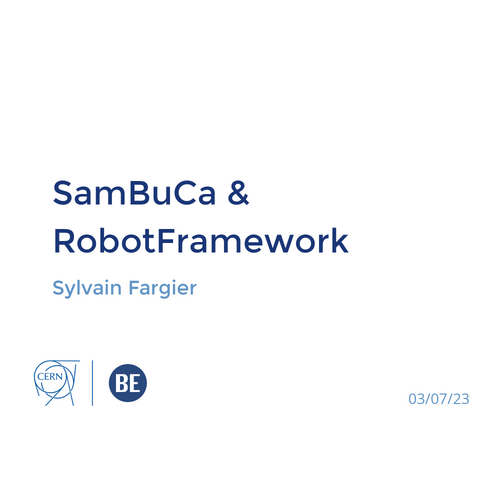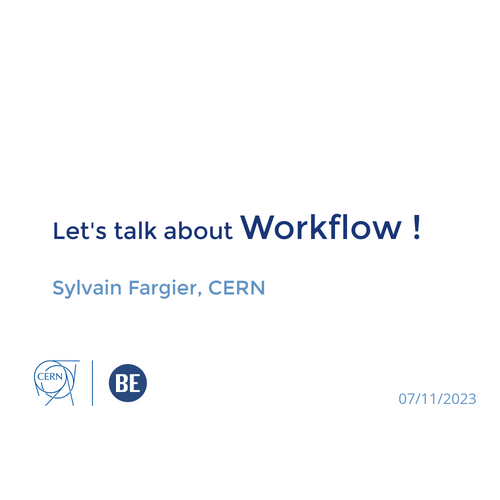Web-techs review
BE-CEM-MRO Web technologies review
Sylvain Fargier (BE-CEM-MRO)
Mathieu Donzé (BE-CEM-MRO)
19/04/21

Overview

- Reduced number of technologies
- Javascript, CSS, HTML
- Reduced number of dependencies:
- A single test framework for front-end and back-end
- Lowered maintenance and learning-curve
- Low-code oriented
- HTML template interactions
- templates and live documentation
Overview: general architecture

Overview: general architecture


Front-end

- Libraries: Vue.js and bootstrap
- lowered to the minimum
- Tests and validation: Karma, Mocha, Chai
- BDD and Agile oriented
- In browser testing
- Technologies: Javascript using JSDoc Typescript
- Language not bound to majors (Microsoft, Facebook)
- Doxygen like, really close to middleware C++ developments
-
Linting: eslint, jshint, tsc
- CI integration, commands homogenization
Font-end: overview

-
Vue.js based library
- Template oriented: low-code solution
- Live documentation
- Responsive / mobile friendly
- Versatile set of widgets
- Markdown editor, SSVG, Server Events, Inputs ...
- Still growing depending on the need
Front-end: base-vue

BaseWebSite(title="Sample WebSite")
BaseEventSource(:src="/sse" v-slot="es")
p This is a template only website
p receiving events: {{ es.message }}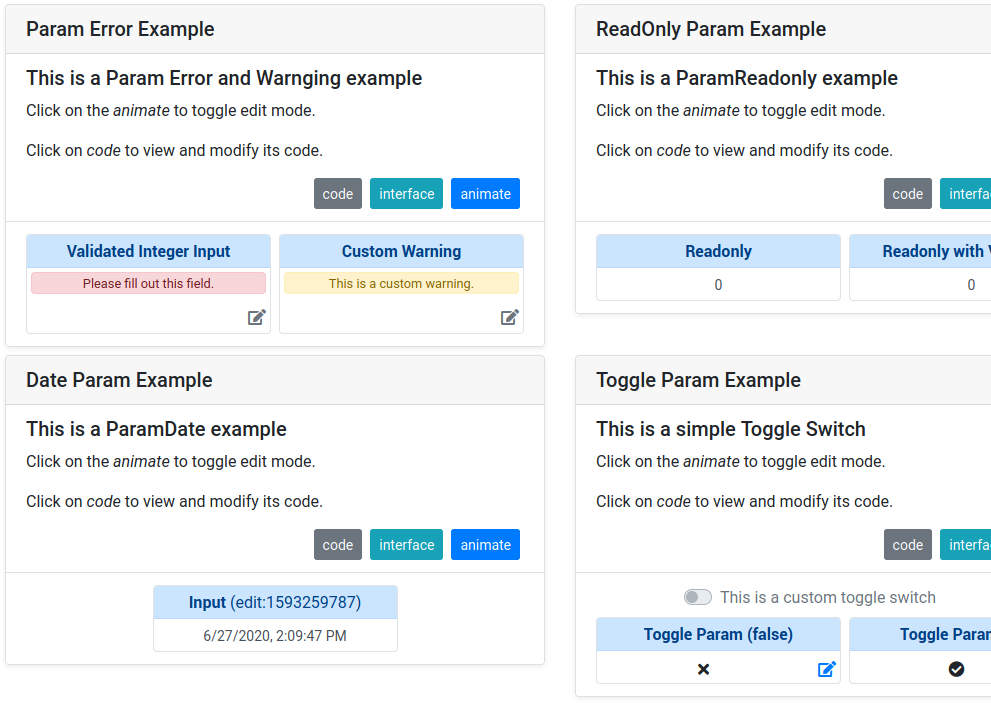
- Advanced widgets
- SSVG, Markdown, DateTime, Dialogs ...
- Inputs: supporting edit/live mode
- Data Sources integration
- SSE, WebSocket
Front-end: base-vue

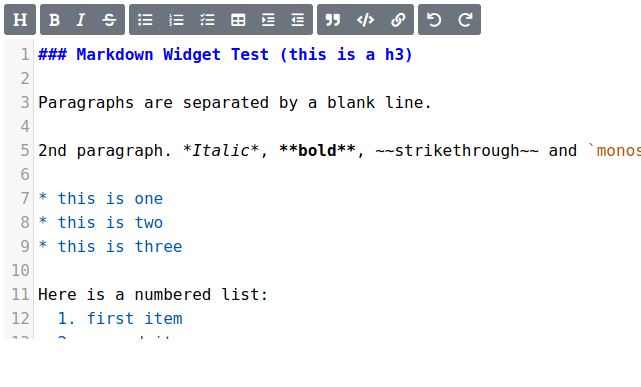
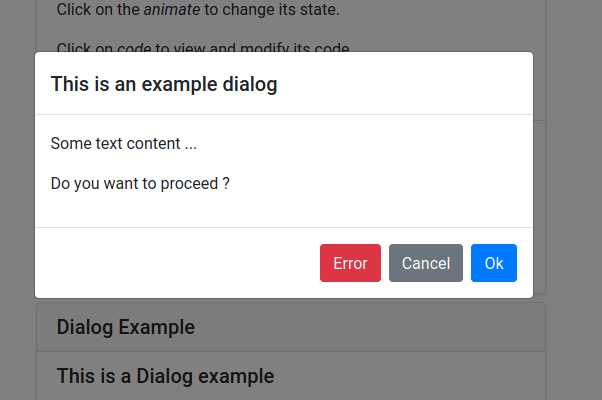
- To be implemented
- Line-graph widget (in progress)
- Additional in-template data-sources (REST, database ...)
Front-end: base-vue

Front-end: SSVG



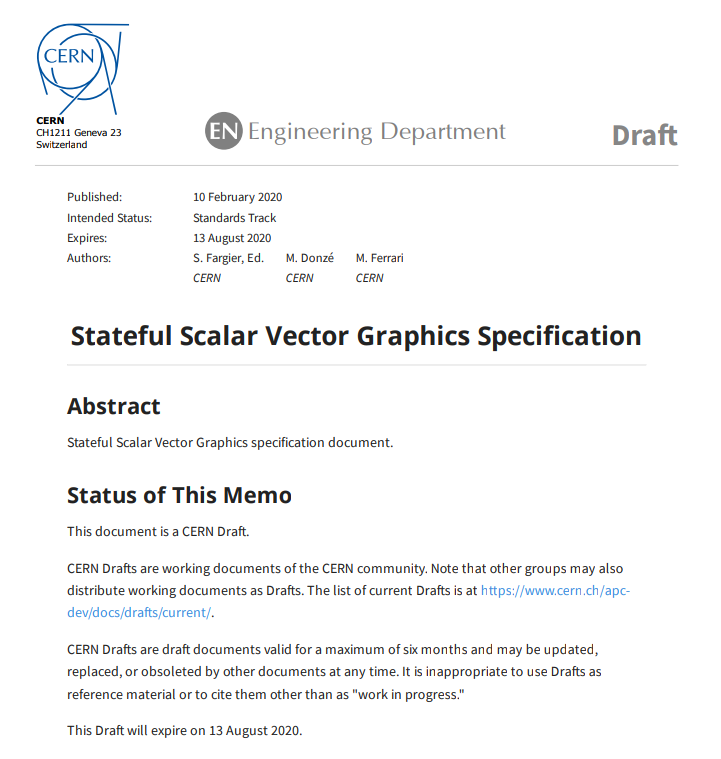
-
"onupdate" hooks:
- on computed, relation and direct elements
- hardened environment support (CSP)
-
"direct" relations
- For direct and basic interactions
- no domain mapping
-
"auto" property type
- Automatic domain and type adjustments
Front-end: SSVG v1.1 updates

- And others:
- non-interpolatable properties transitions
- Callback context and execution environment
- ...
- To be implemented
- SSVG editor (in progress, based on base-vue)
- BE-CSS dashboard integration
Front-end: SSVG v1.1

- WebSite or WebApp template: base-website-template
- CERN SSO integration
- Test framework integration
- CI integration
- Ready to deploy on OpenShift
- Low-code solution : basic websites can be implemented with zero-code
Front-end: templates

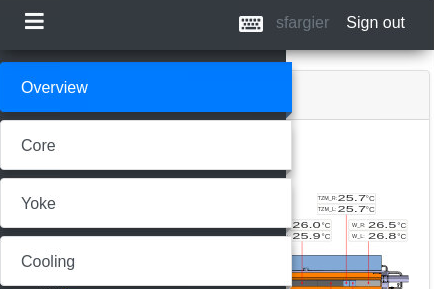
Back-end

- Framework: Node.js
- Using express, LoDash, passport
- Tests and validation: Mocha, Chai
- BDD and Agile oriented
- Technologies: Javascript using JSDoc Typescript
- Doxygen like, really close to middleware C++ developments
-
Linting: eslint, jshint, tsc
- CI integration, commands homogenization
-
Stateless design
- Developped to support redundancy and load-balancing
Back-end: overview

- Same technologies than front-end
- No learning curve or specific skills required
- Middleware in C++
- Back-end is only a "bridge"
- Integrated either using bindings or client libraries
Back-end: overview

Back-end: databases

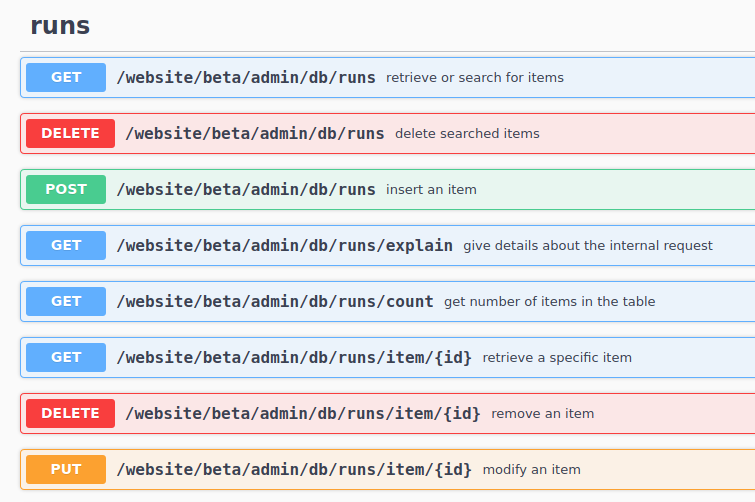
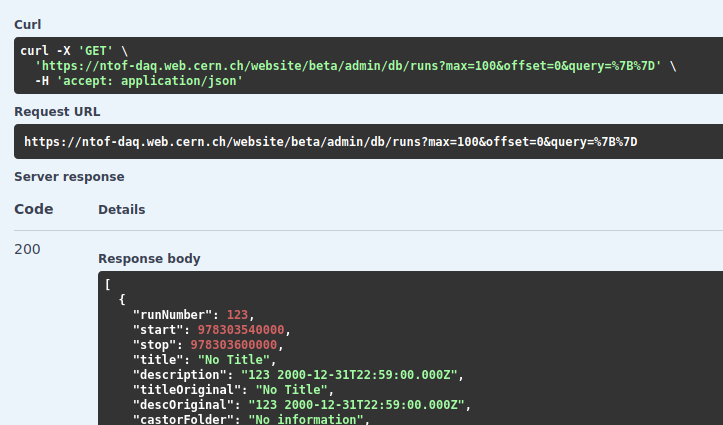
- Devices monitoring: cmw-express.js
- Descriptive configuration (Json)
- WebSocket, SSE, REST API
- Stateless and scalable (OpenShift deployments)
- Direct cmw-core (C++) integration (cmw-core.js bindings)
Back-end: CERN Middleware

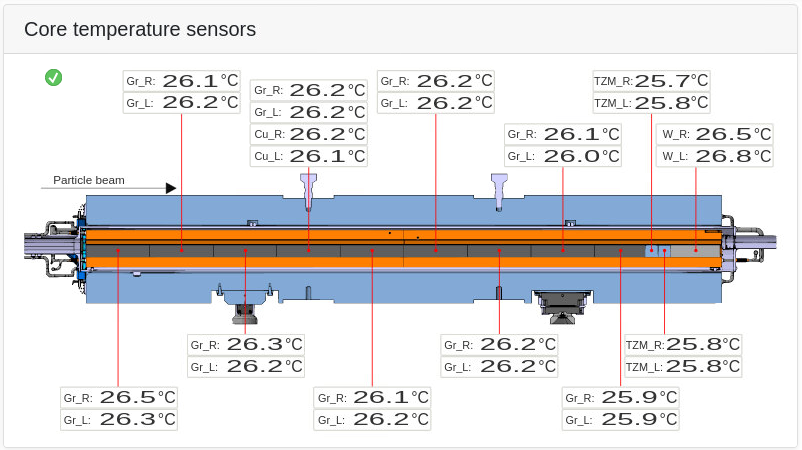
{
endpoints: [
{ device: 'TIDVG5', property: 'Acquisition' }
]
}- To be implemented
- Automatic swagger documentation
- Dynamic proxy mode (creating endpoints on-demand)
- Device write mode
-
Current Limitations
- SSE limitation: HTTP/2 does not cope well with OpenShift, SSE over HTTP/1.1 is limited to 6 connections for a domain on Firefox and Chrome: prefer WebSockets
Back-end: CERN Middleware

- Historical data retrieval
- Timber/NXCALS back-end exists (uses private API, slow)
Back-end: missing pieces

Infrastructure
&
Worflow

-
OpenShift deployment
- Descriptive deployment configurations (ex: tidvg5, n_ToF SDAQ ...)
- Automated deployment workflow using GitLab
- Health-checks and monitoring
- Development environment (mro-dev project)
- TN trusted pods (mro-dev-tn project)
Infrastructure: PaaS (OpenShift)

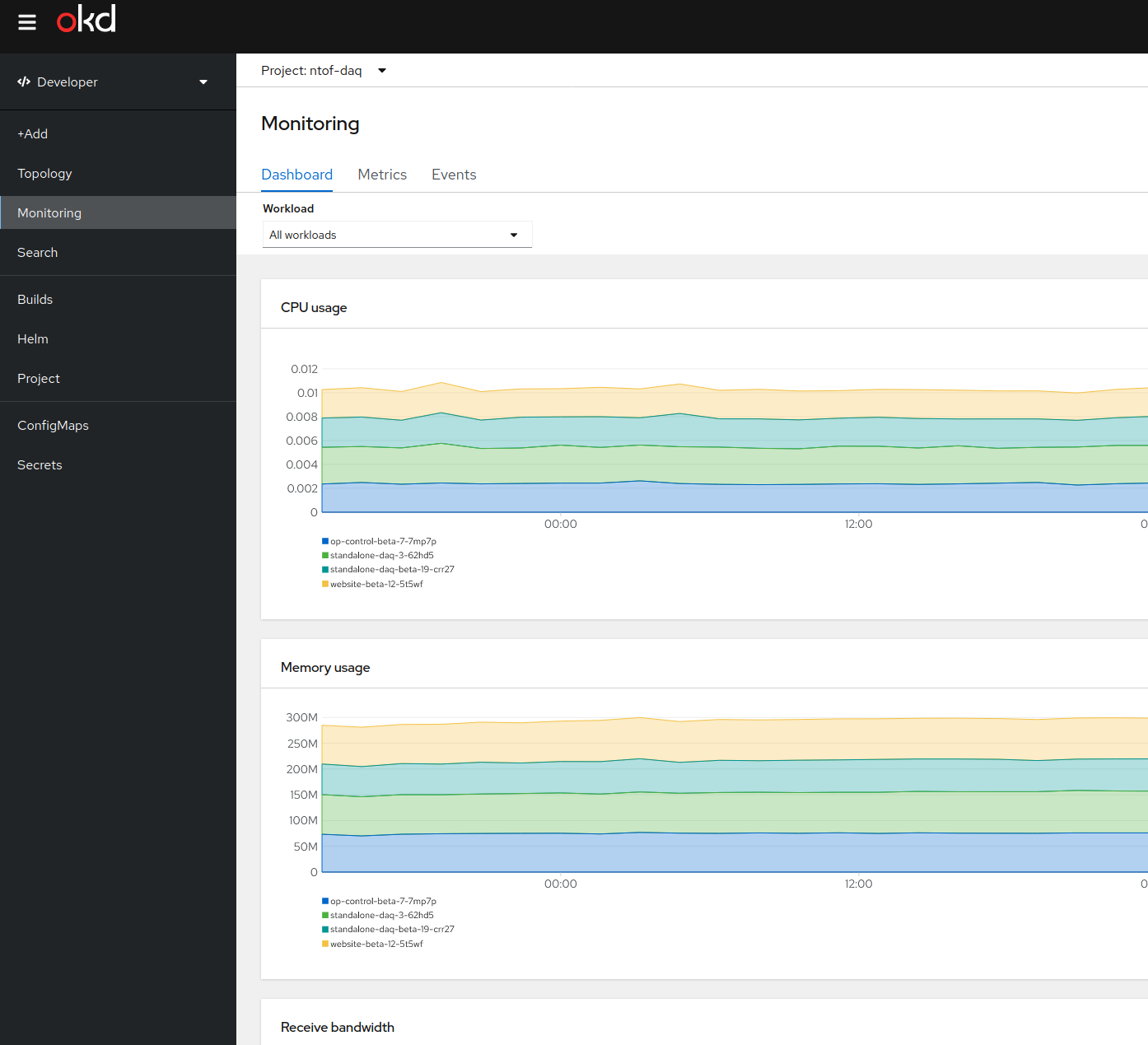
apiVersion: v1
kind: List
items:
- apiVersion: image.openshift.io/v1
kind: ImageStream
metadata:
name: tidvg5-monitoring
// ...- To be implemented
- self-hosted fallback for TN apps: minishift or CodeReady containers
- HTTP/2 pods (to use SSE)
Infrastructure: PaaS (OpenShift)

Workflow: Continuous Delivery

- To be implemented
- Dedicated health checks (cmw-express.js, mrest.js ...)
Workflow: Continuous Delivery

Questions ?

Web-techs review
By Sylvain fargier
Web-techs review
BE-CEM-MRO Web-Techs review
- 265
